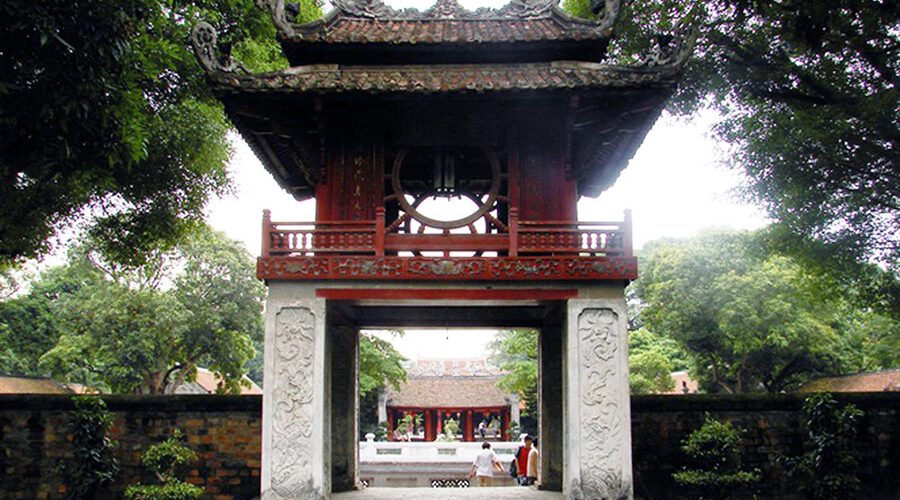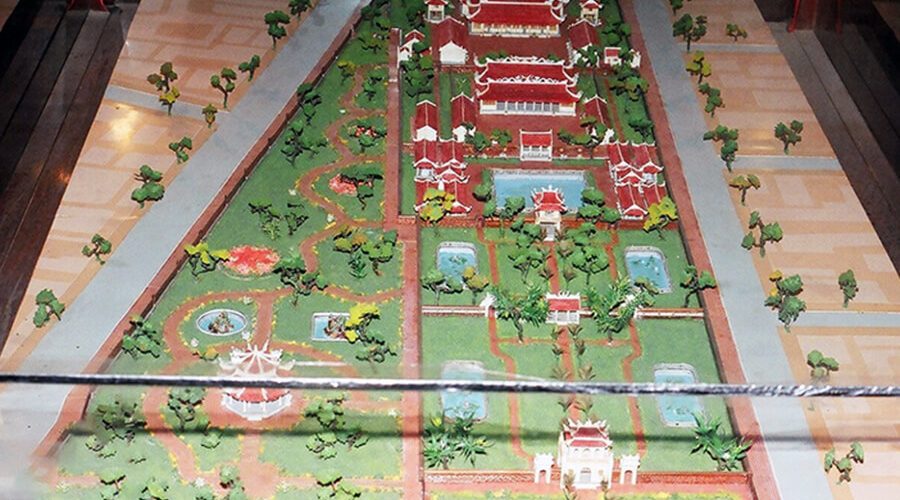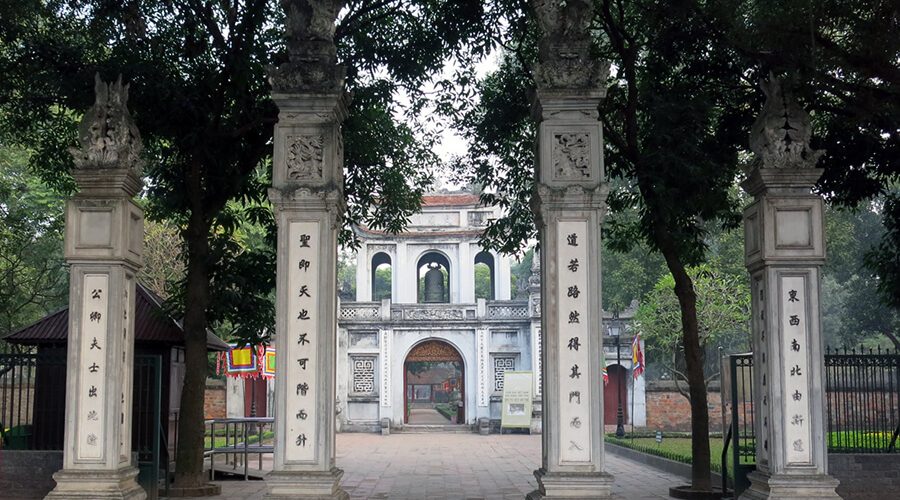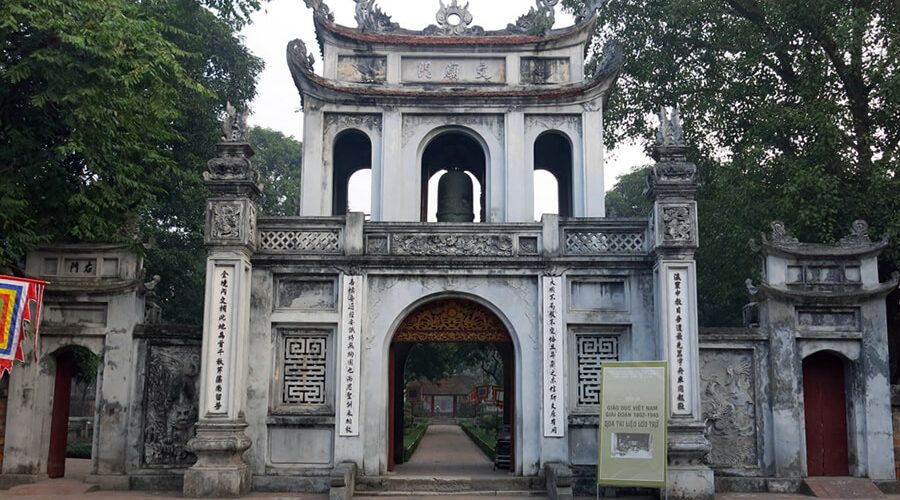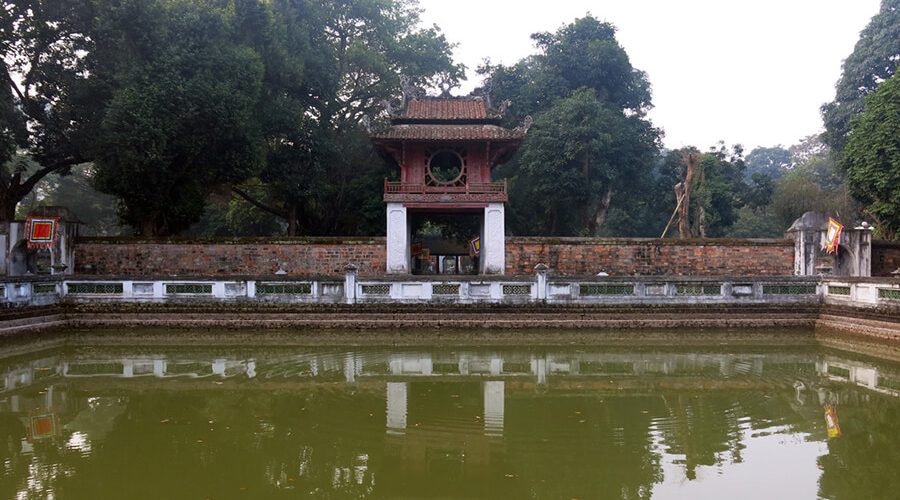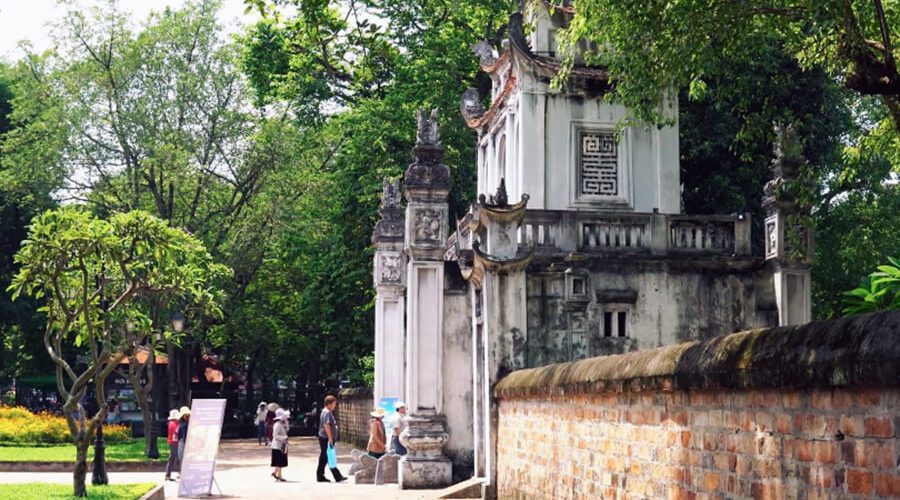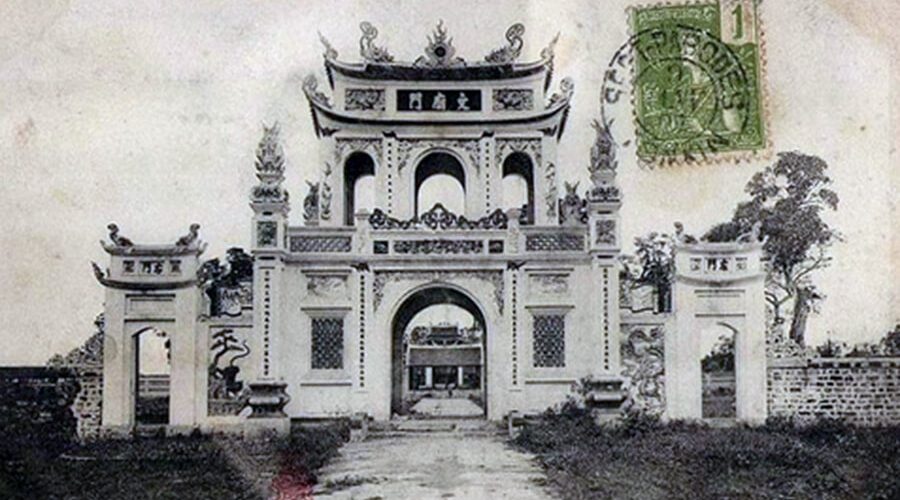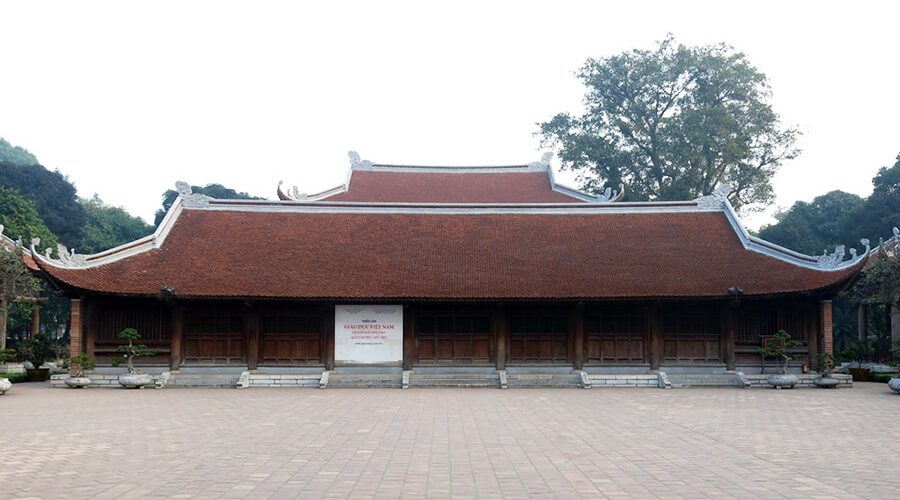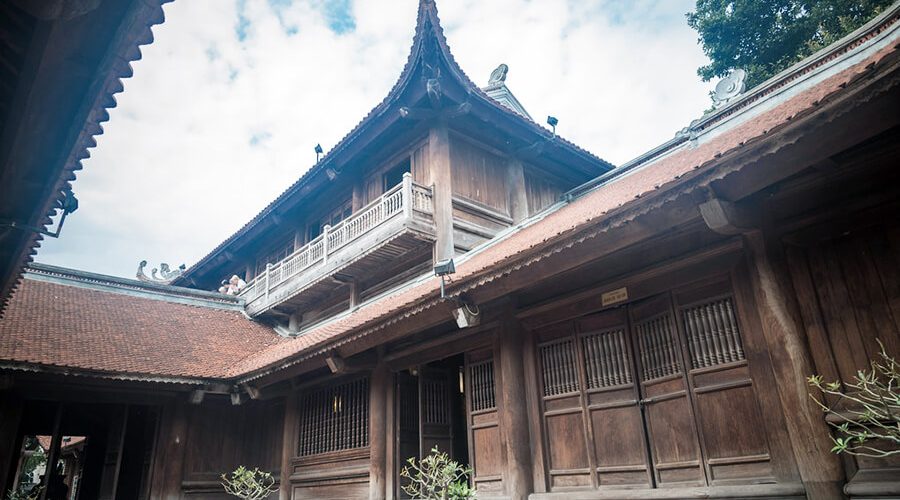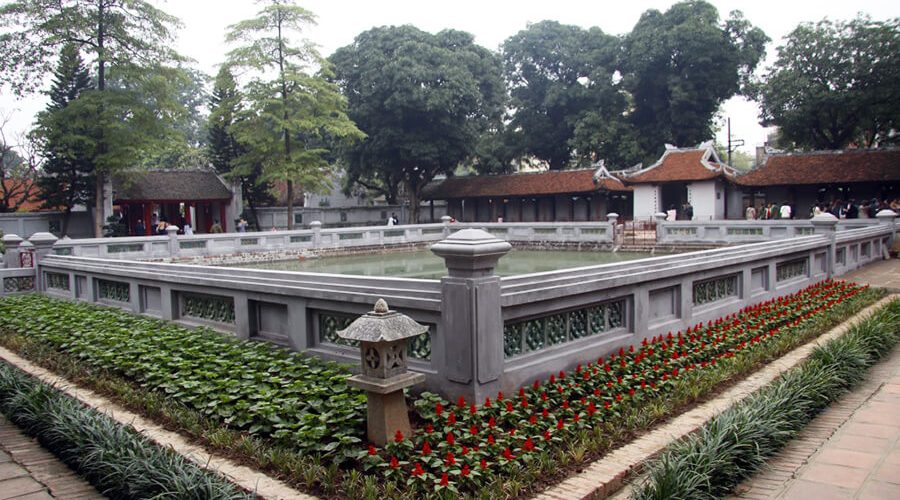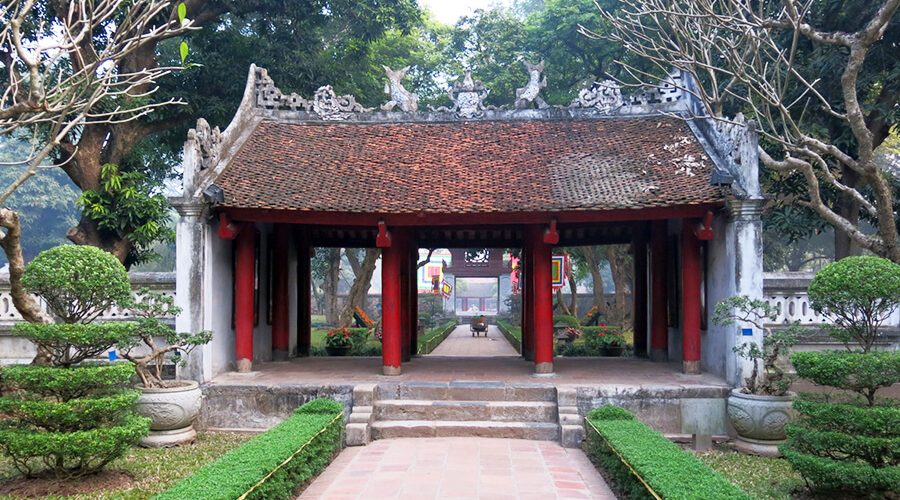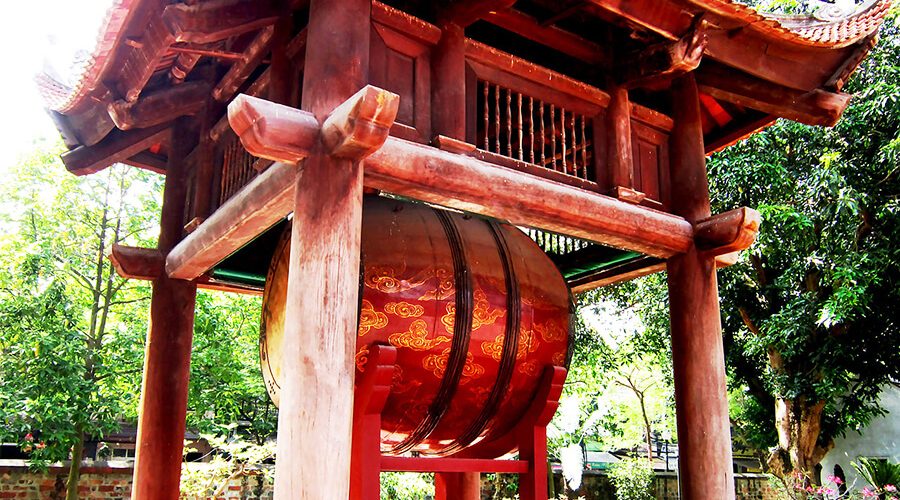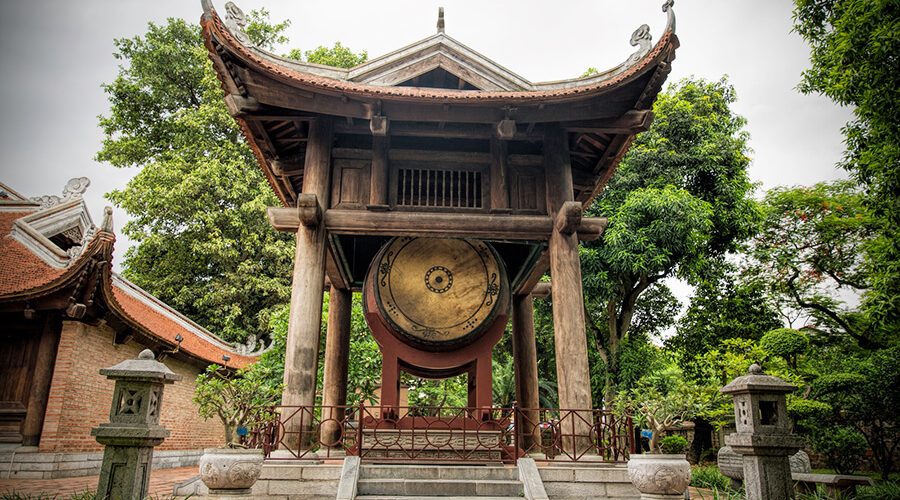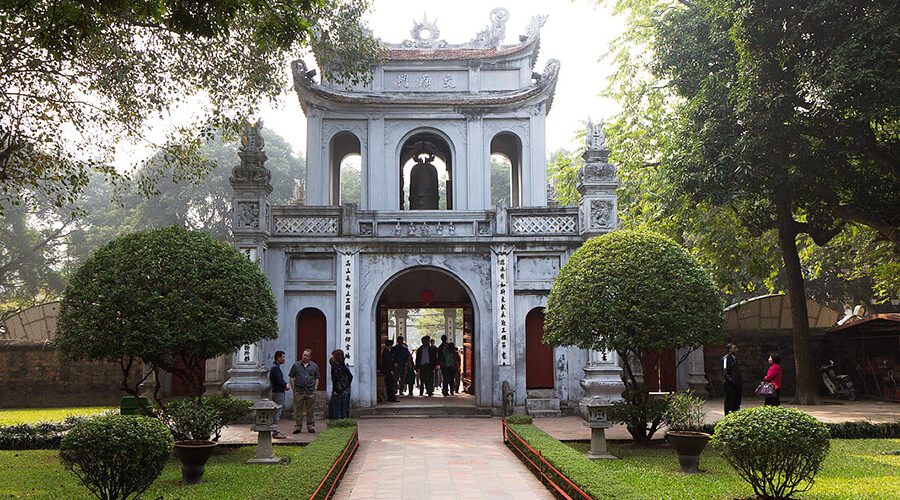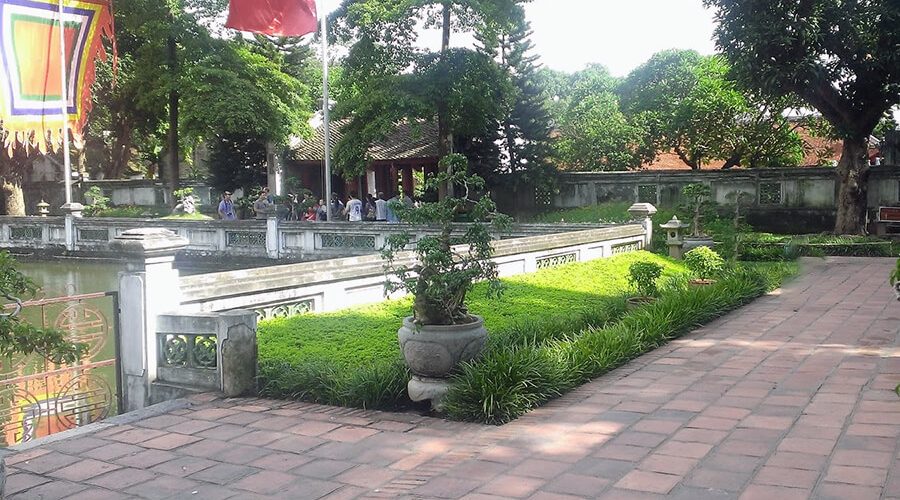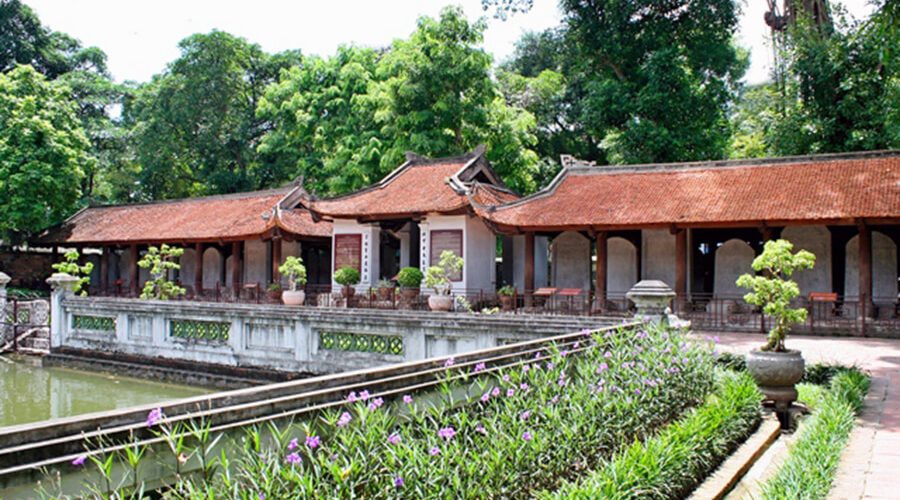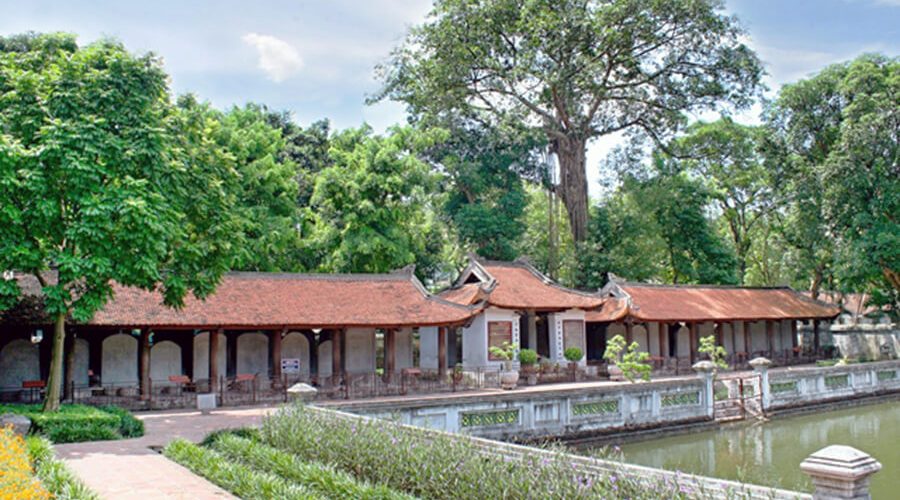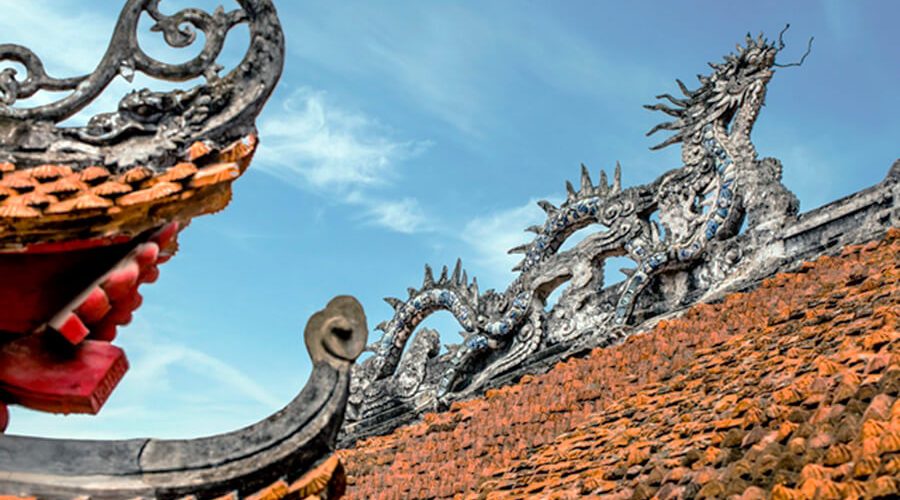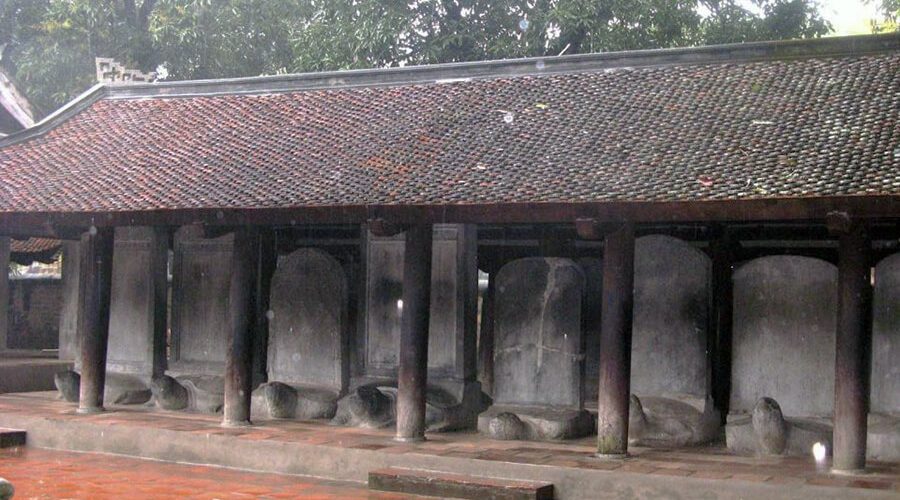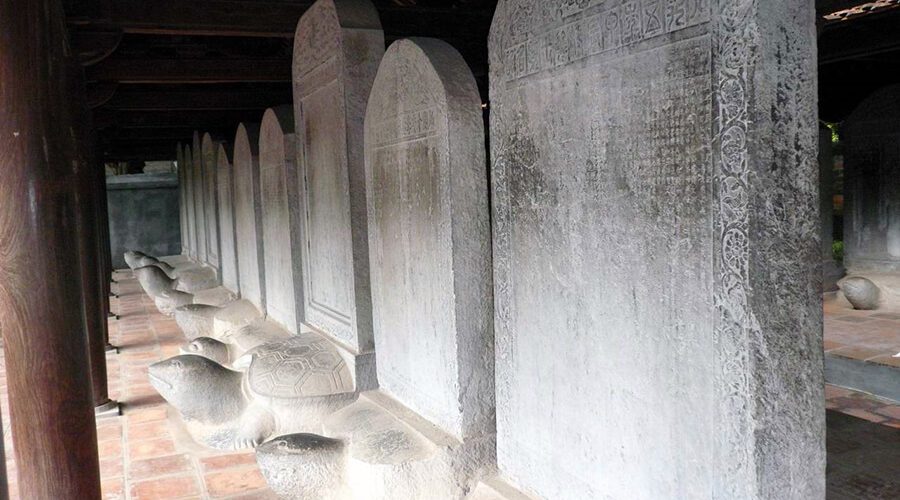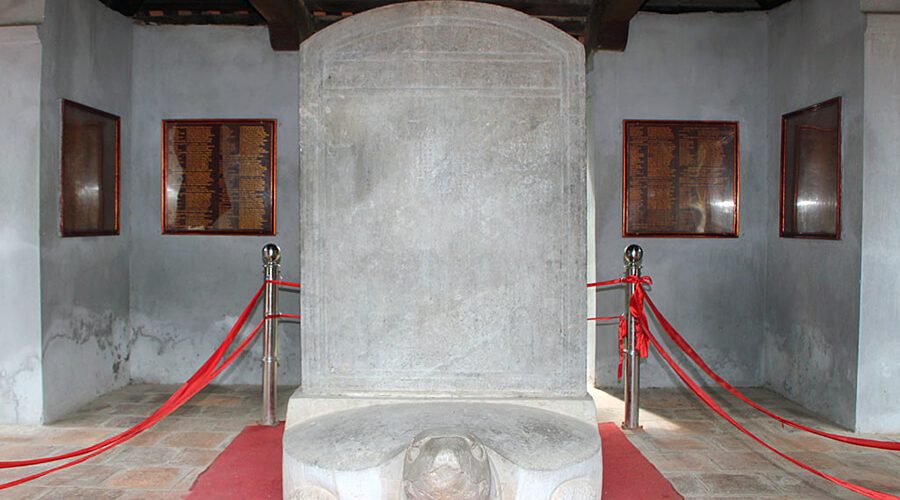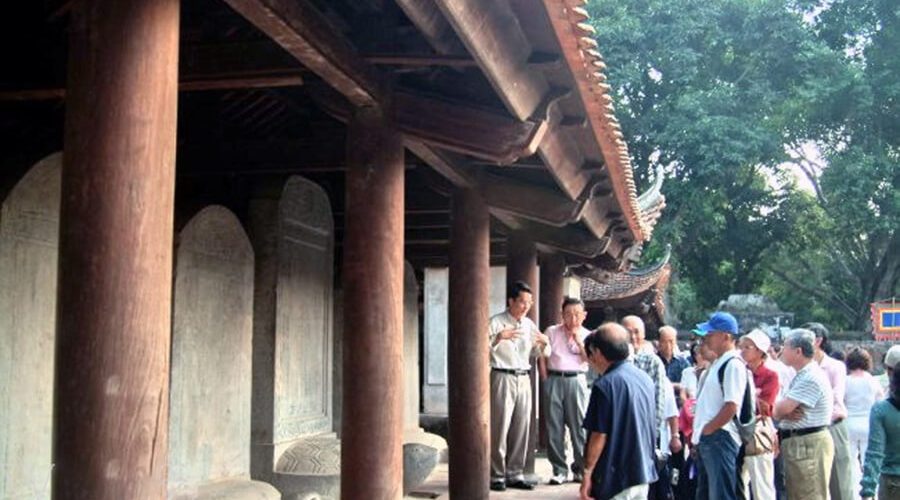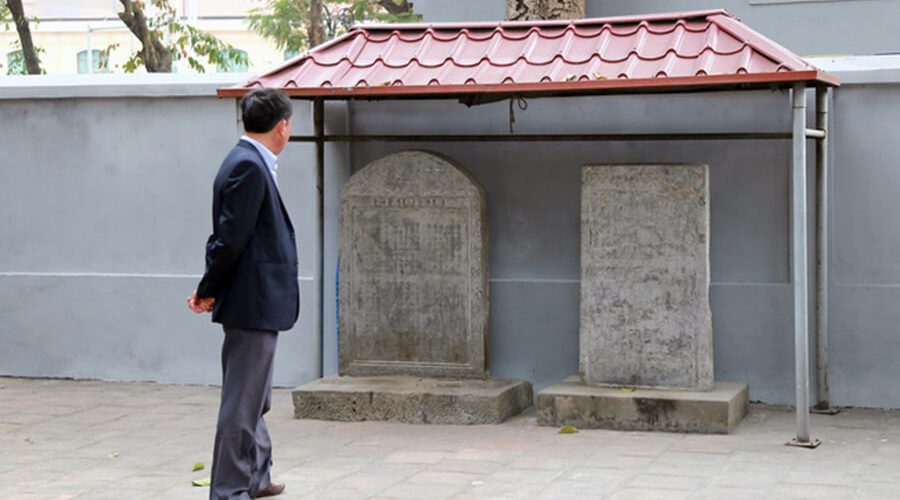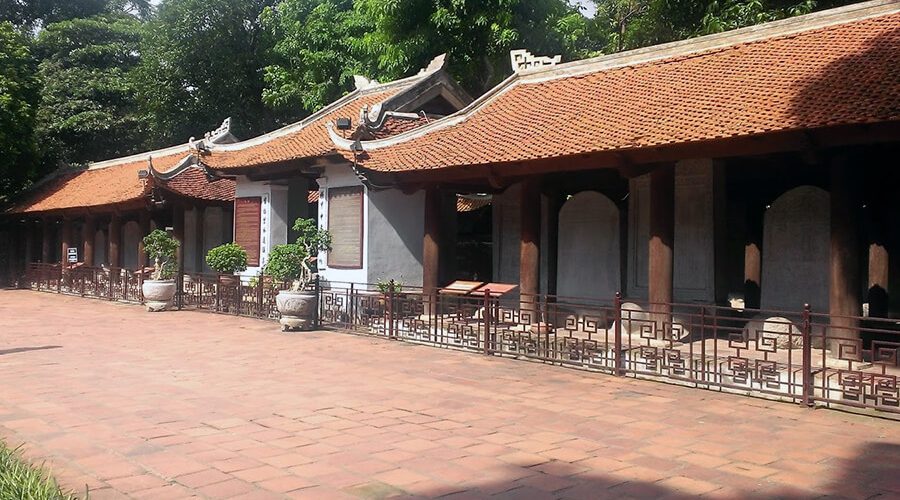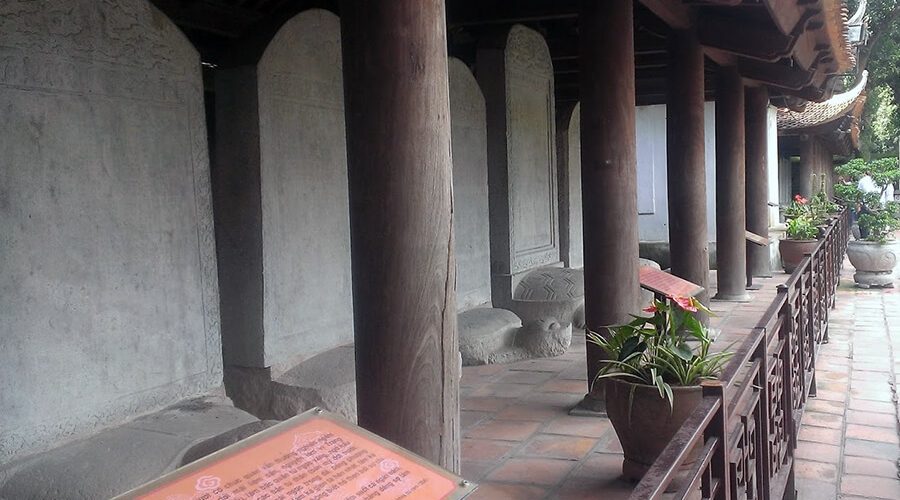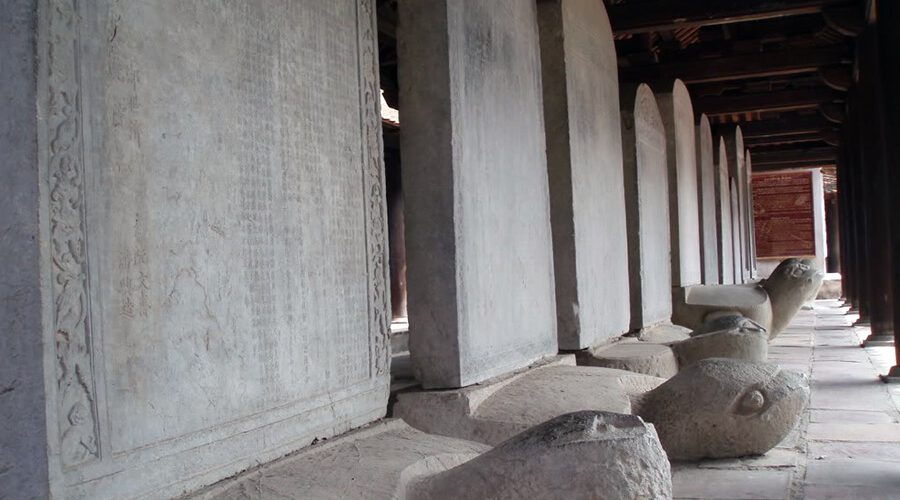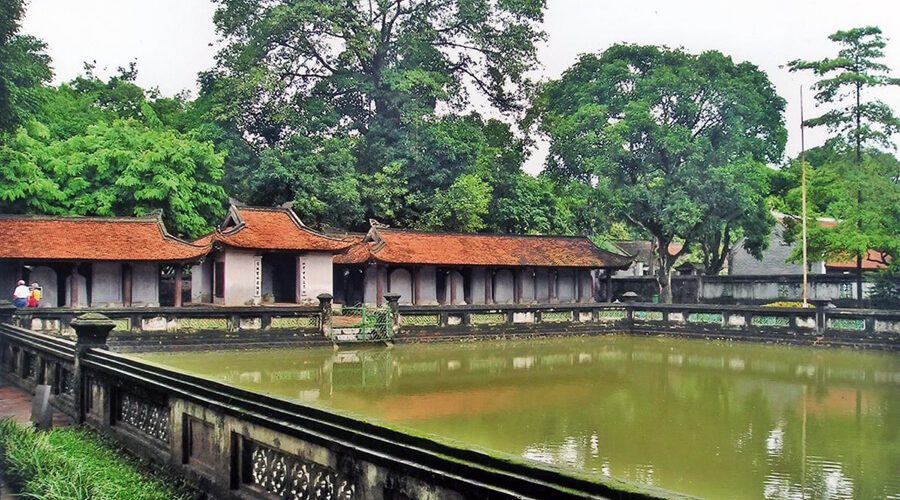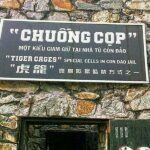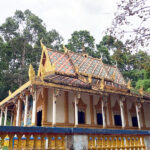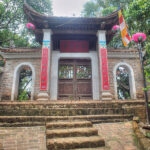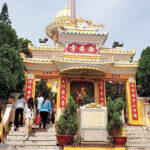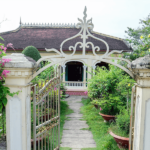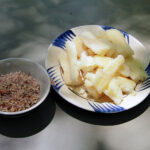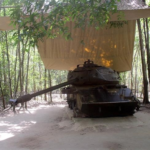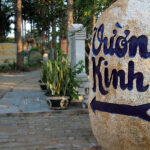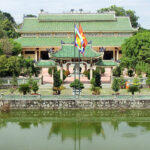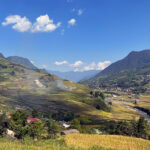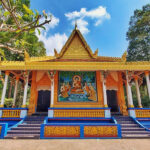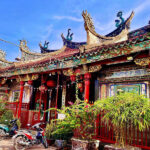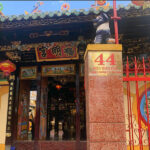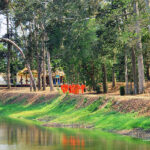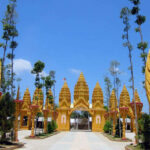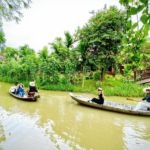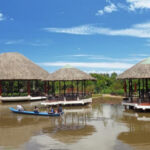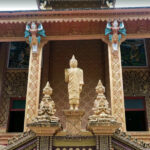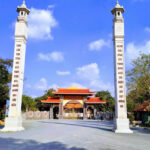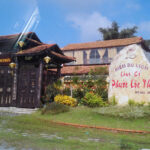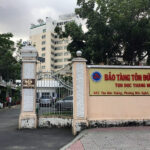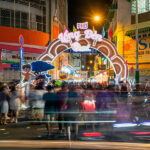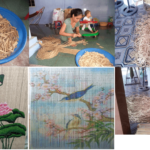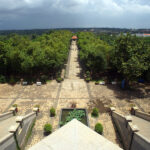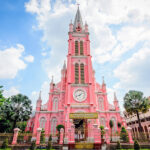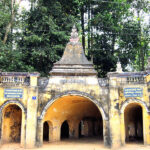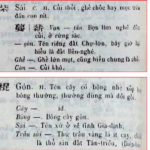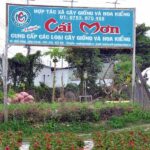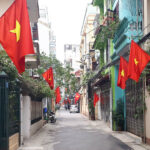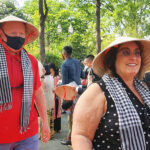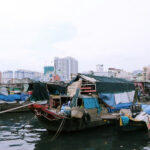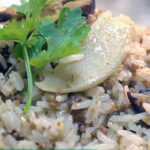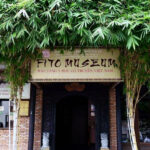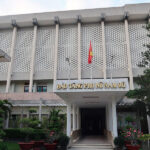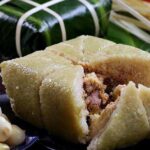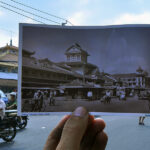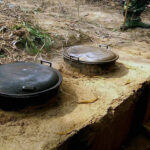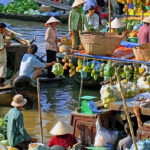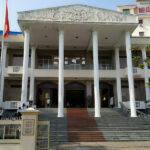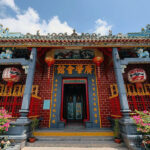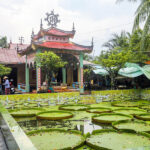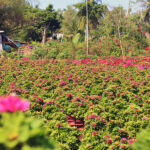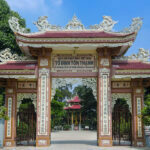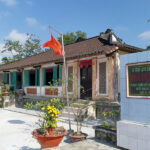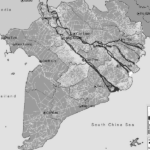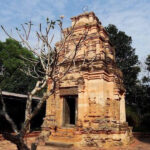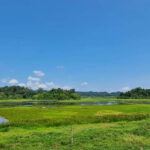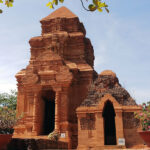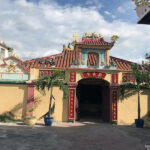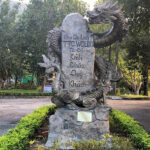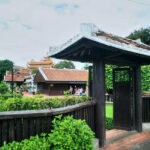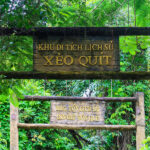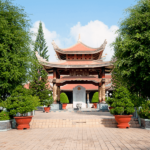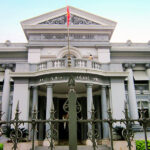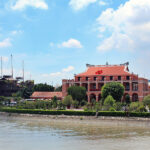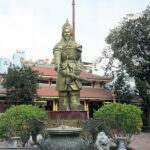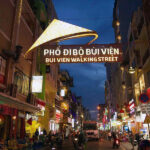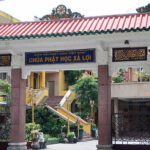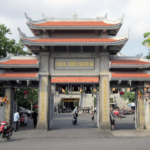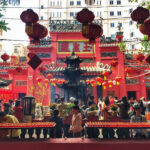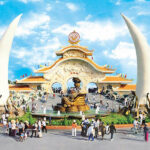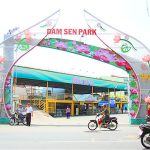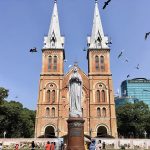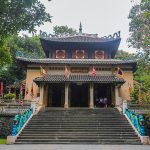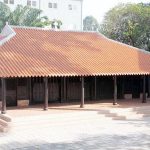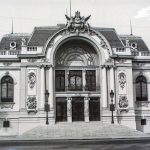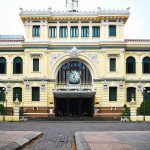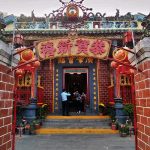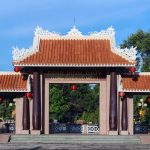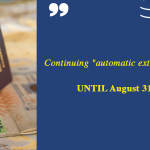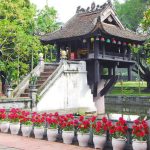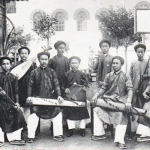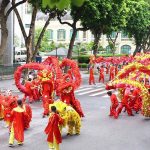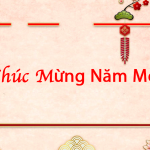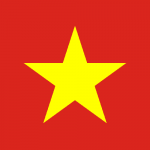Van Mieu (Temple of Literature) is a famous historical and cultural relic consisting of the Van Mieu, and Quoc Tu Giam, Imperial Academy – Vietnam’s first national university. On this post, Vietdreamtravel.vn will introduce and share the most complete experienced about this famous monument in Hanoi.
Where is Van Mieu?
Address: 58 Quoc Tu Giam, Van Mieu, Dong Da, Hanoi.
Van Mieu is located in Dong Da district, Hanoi, right in the middle of 4 main streets including Nguyen Thai Hoc, Ton Duc Thang, Van Mieu, and Quoc Tu Giam. Traveling to Hanoi with a thousand years of culture, this is definitely the place that you should visit.
Admission fee
Currently, tourists and people visiting Van Mieu have to buy entrance tickets. The ticket price for adults is 30,000 VND and for children is 15,000 VND. This is a fairly cheap price and applies to both Vietnamese and foreign guests.
History
The Van Mieu was built in 1070 under the reign of Emperor Ly Thanh Tong, in honor of Confucius and his disciples. In 1076, Emperor Ly Nhan Tong established Quoc Tu Giam within the temple. It was Vietnam’s first university or Imperial Academy to educate Vietnam’s bureaucrats, nobles, royalty, and other members of the elite.
In 1483, Quoc Tu Giam was changed into Thai Hoc Vien (Higher Educational Institute). Later Le dynasty, the reign of Emperor Le Thanh Tong started to build steles of those who passed the doctoral exam.
In 1802, the Nguyen dynasty moved the capital from Hanoi to Hue, the new Quoc Tu Giam also was founded in this city. The academy in Hanoi remains only Van Mieu of Bac Thanh town, later changed to Hanoi Temple of Literature.
Architecture
The current Van Mieu – Quoc Tu Giam relic complex is located in a 54331 square meters, including many different small architectural works. The campus is covered with bricks. Through many remodeling, this relic population includes Ho Van, Van Mieu Mon, Dai Trung Mon, Khue Van Cac, Thien Quang well, doctoral stele, Dai Thanh Mon, Thai Hoc courtyard.
In front of the Van Mieu, there is a large lake called Van Chuong lake, the old name was Thai Ho. There is Kim Chau mound, located in the middle of the lake, formerly for sightseeing. In addition to the main gate, there are four pillars, on the left and right sides there is a stele “Ha Ma”, surrounded by high walls. The gate of the temple was built in the style of Tam Quan, on which there are 3 words “Van Mieu Mon” in ancient Han script. In the temple divided into 5 distinct areas, each area has separated walls and a gateway to communicate with each other.
First courtyard
Starting with the main gate of “Van Mieu Mon”, going to the Dai Trung Mon gate, the two sides have a small gate named Thanh Duc Mon and Dat Tai Mon.
Second courtyard
From Dai Trung Mon to Khue Van Cac. The Van Cac is the architectural works, though not massive, the proportions are harmonious and beautiful. The architecture consists of 4 square brick pillars (85cm x 85cm) below to support the upper attic, with beautiful wooden structures.
There are 4 round doors located in upstairs with a simple and rustic wooden roof support. The double-layered tile roof creates 8 roofs, roof edges and flat roof surfaces.
The attic was an eight-roof square, four sides of the attic wall were circular windows in the shape of a shining sun. The two on the right and left of Khue Van Cac are Bi Van Mon and Suc Van Mon, leading to the doctoral stele houses.
The Van Cac in Van Mieu – Quoc Tu Giam has been recognized as the symbol of Hanoi city.
Third courtyard
Includes Thien Quang Tinh lake (means the well for sunlight), square in shape. On the two sides of the lake is the doctoral stelae hall. Each stela is made of stone, depicts the names and birthplaces of 1307 graduates of 82 triennial royal exams. Stelae placed on the back of the stone turtle. There are still 82 steles of the exams from 1442 to 1779. Those are the most precious relics. They are a highly valuable historical resource for studying philosophy history, culture, education, society, and sculpture in Vietnam.
Fourth courtyard
It is the ceremonial heart of the complex, consisting of two halls. The outside building is Bai Duong, while the inner building is Thuong Cung. This is the area to worship Confucius, his followers, and Chu Van An, a rector of the Imperial Academy.
Fifth courtyard
This is the Thai Hoc courtyard. In the Nguyen Dynasty, Quoc Tu Giam School in Hanoi was abolished, the Thai Hoc was changed to the Khai Thanh shrine, worshiping Confucius’ father and mother. However, this courtyard was destroyed during the resistance war against the French. The new Thai Hoc courtyard was rebuilt by Hanoi city in 1999. In this area, it also contains the Tien Duong – Hau Duong house, which is the place to worship Emperor Ly Thanh Tong – who founded the temple in 1070, Emperor Ly Nhan Tong – who founded the Imperial Academy, and Emperor Le Thanh Tong – who ordered the erection of the turtle stone stelae of doctor laureates in 1484.
Through many ups and downs of time and historical events, some architectures here were destroyed, but Van Mieu – Quoc Tu Giam is still considered a symbol of the educational quintessence, cultural beauty of Vietnamese. At the same time, this is also the meeting place “asking for words” of the people of the capital in traditional Tet holidays with the wish of a peaceful new year; or during the important exam seasons of the country with the successful belief of pupils.
Related post:
Hopefully, with the above sharing of Vietdreamtravel, you will have more knowledge about this meaningful historical-cultural relic of the capital. We’re also offering daily tours and package tours to explore the city and Van Mieu – Quoc Tu Giam is one of the best destination on the program.

